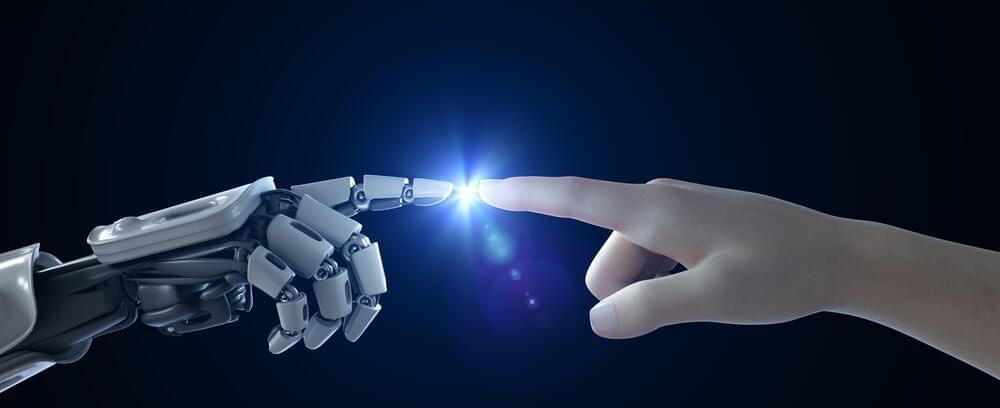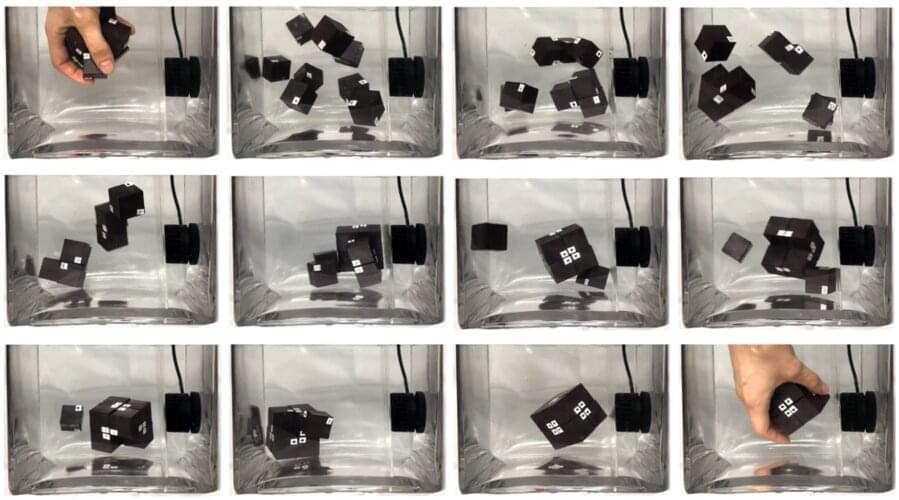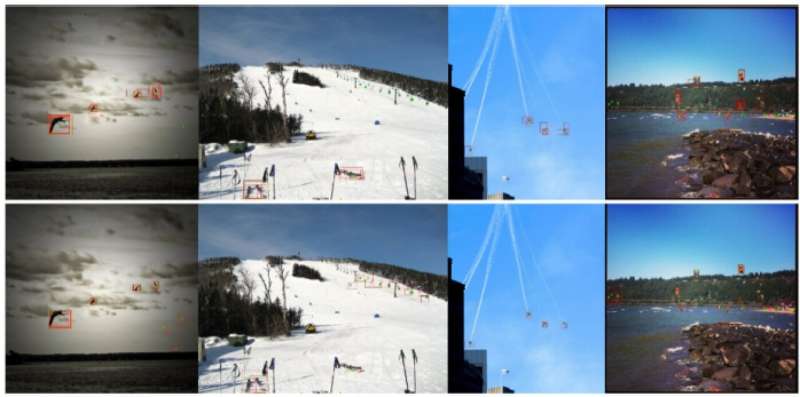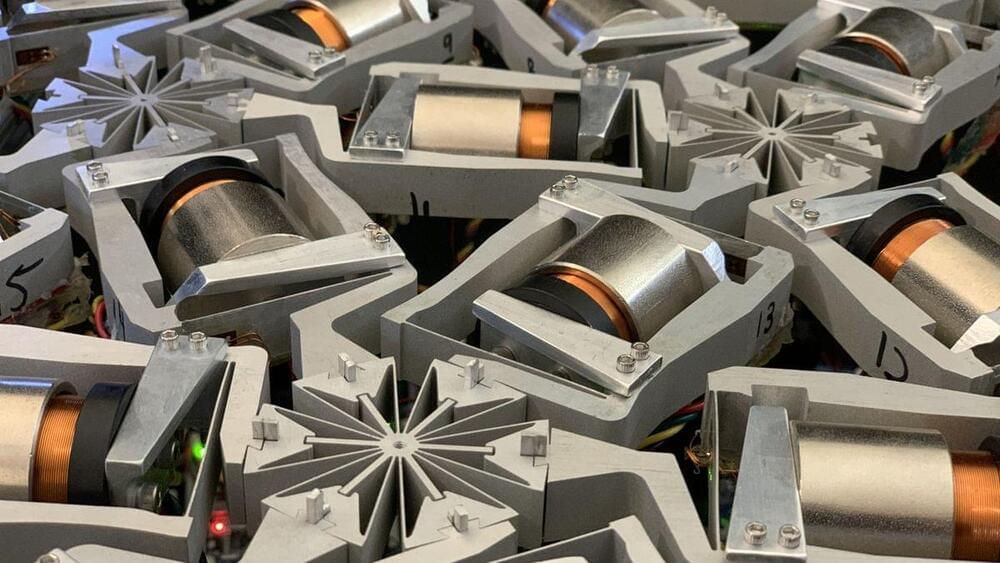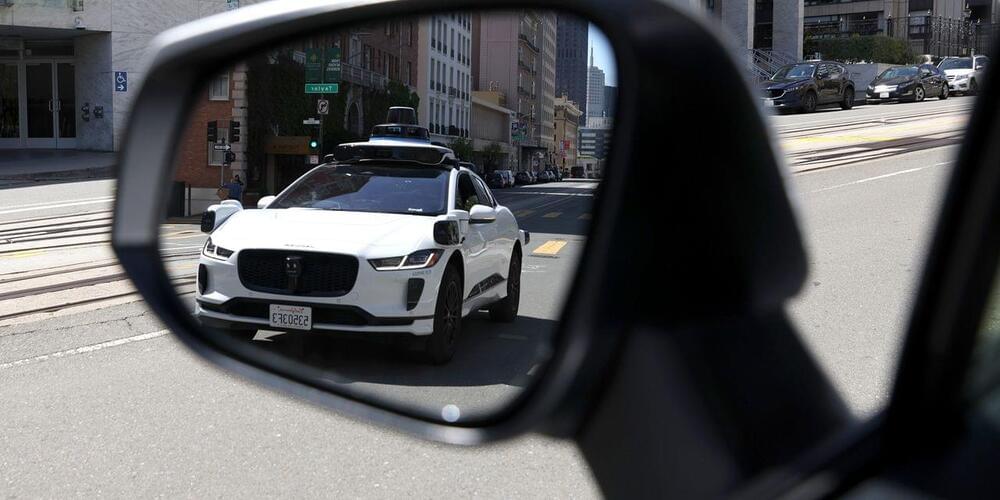Oct 21, 2022
Japan starts operations with SeaGuardian drone, receives two Hawkeyes
Posted by Genevieve Klien in categories: drones, law enforcement, robotics/AI
MELBOURNE, Australia — The Japanese Coast Guard has started operations with a newly delivered MQ-9B SeaGuardian drone, while more airborne early warning aircraft have arrived in the country by ship.
The UAV’s manufacturer, General Atomics Aeronautical Systems, said in a news release that the Coast Guard commenced flight operations with a SeaGuardian from the Japan Maritime Self-Defense Force Air Station Hachinohe on Oct. 19.
The American company said the high-altitude, long-endurance unmanned aircraft “will primarily perform Maritime Wide Area Search (MWAS) over the Sea of Japan and the Pacific Ocean. Other missions will include search and rescue, disaster response, and maritime law enforcement.”

